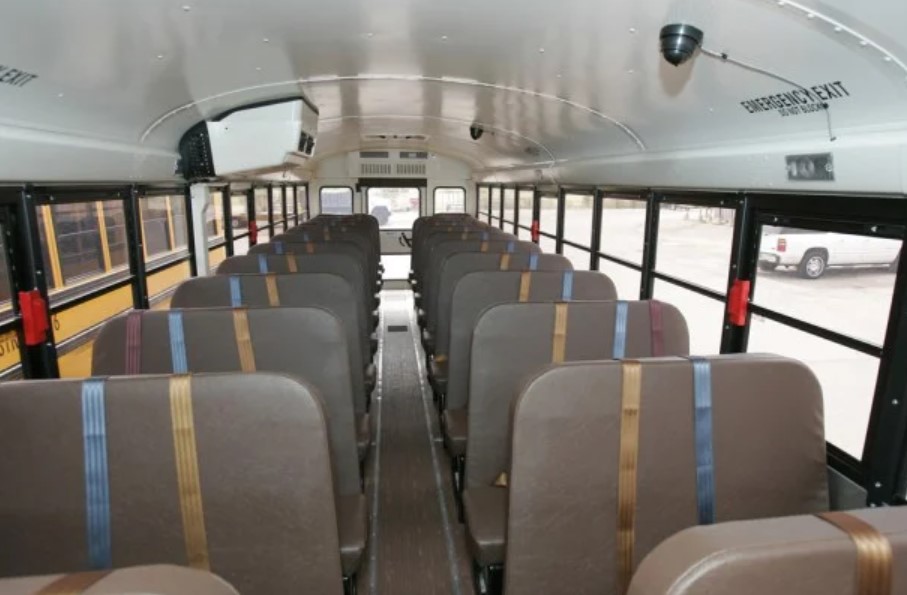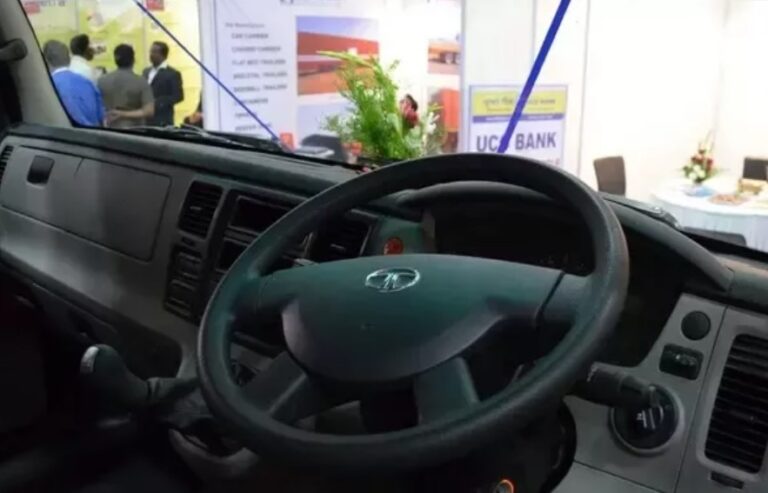Do Buses Have Air Conditioning? A Complete Breakdown
Modern transportation has evolved significantly, Do Buses Have Air Conditioning? remains a key question for many commuters. This query is not only about comfort but also speaks to the advancements in public transport. The simple answer is, yes, most modern buses do have air conditioning. However, the extent and effectiveness of these systems can vary widely depending on the type of bus and its operational region.
Key Takeaways
- Most modern buses have air conditioning systems.
- The efficiency of AC systems varies based on the bus model and region.
- Older buses might not have effective air conditioning.
Do Buses Have Air Conditioning?
Yes, most modern buses have air conditioning. The availability and efficiency of these systems can vary depending on the bus type, age, and the region in which it operates.

Evolution of Bus Air Conditioning
Historical Perspective
In the early days of bus transportation, air conditioning was a luxury. Older models relied on natural ventilation, which often proved inadequate. However, technological advancements have drastically changed this scenario. Today, air conditioning in buses is almost a standard feature, especially in regions with warmer climates.
Modern Advancements
Modern buses are equipped with advanced air conditioning systems. These systems are designed to provide comfort to passengers in different climatic conditions. High-efficiency particulate air (HEPA) filters are sometimes incorporated to enhance air quality.
Types of Buses and Their Air Conditioning Systems
City Buses
City buses are the backbone of urban public transportation. Most city buses now come with built-in air conditioning systems. These are essential for ensuring passenger comfort during peak hours and in congested urban environments.
Long-Distance Coaches
Long-distance coaches prioritize passenger comfort, especially for journeys lasting several hours. Thus, effective air conditioning is a standard feature in these buses. These systems are often more powerful and sophisticated, with individual control options for passengers.
Regional Variations in Bus Air Conditioning

Climatic Influence
The implementation and effectiveness of air conditioning in buses vary significantly across different regions. In warmer climates, like the Southern United States or tropical countries, air conditioning is almost a necessity. In contrast, buses in cooler regions might not prioritize air conditioning as much.
Economic Factors
Economic factors also play a crucial role in determining whether a bus will have air conditioning. Wealthier cities and countries are more likely to have buses with effective air conditioning systems. In contrast, buses might lack this feature in less affluent areas or have less efficient systems.
Air Conditioning Maintenance and Its Impact
Importance of Regular Maintenance
Regular maintenance is crucial for the effective functioning of bus air conditioning systems. Neglecting maintenance can lead to poor performance, which affects passenger comfort and satisfaction.
Challenges in Maintenance
Maintaining the air conditioning systems of buses presents unique challenges. These systems are constantly used and worn, especially in urban environments.
Innovations in Bus Air Conditioning Systems
Eco-friendly Solutions
Recent years have seen a push towards more environmentally friendly air conditioning systems in buses. Innovations include systems that use less energy and refrigerants with a lower environmental impact.
Technological Advancements
Technological advancements have also made bus air conditioning systems more efficient and reliable. Smart systems that adjust the temperature based on occupancy and external weather conditions are becoming more common.
Do Most School Buses Have Air Conditioning?
The presence of air conditioning in school buses varies greatly depending on the region and the age of the bus fleet. In warmer climates, like those in the southern United States, newer school buses are more likely to be equipped with air conditioning.

This is in response to the higher temperatures and the need to ensure student comfort and safety. However, in cooler regions, or in areas where school budgets are more constrained, air conditioning in school buses is less common.
Additionally, older buses in service might not have air conditioning as it was not a standard feature when they were manufactured. The trend, however, is shifting towards providing air conditioning in school buses universally, considering the comfort and health benefits for students, especially during hot weather.
How Does AC Work In A Bus?
The air conditioning system in a bus works similarly to that in cars but on a larger scale. It involves a refrigeration cycle where a refrigerant is compressed and circulated through the system.
The cycle starts with the compressor pressurizing the refrigerant, which heats it. This hot gas then moves through a series of coils, releasing its heat to the outside air.

As it cools, it transforms into a liquid. This liquid passes through an expansion valve, turning it into a low-pressure, cool, misty gas. As this gas moves through coils inside the bus, it absorbs heat from the interior, cooling the air inside.
A fan then circulates this cool air throughout the bus. This cycle repeats continuously to maintain a cool temperature inside the bus. Advanced systems may include programmable thermostats or automated systems that adjust cooling based on interior temperatures and occupancy.
How Do You Cool Down A School Bus?
Cooling down a school bus without air conditioning or enhancing the effectiveness of an existing AC system involves several strategies. If the bus lacks an AC system, the primary method is to maximize natural ventilation by opening windows and roof hatches to create airflow.
This method, however, is only partially effective and depends largely on the outside temperature and bus movement. For buses with air conditioning, ensuring the system is well-maintained is crucial.
This includes regular checks and servicing of the AC unit, cleaning or replacing filters, and ensuring the refrigerant levels are adequate. Tinting or using reflective window covers can also help reduce the heat inside the bus by blocking direct sunlight.
Some districts use parking strategies, like parking in shaded areas or using bus covers to minimize heat build-up when buses are not in use. These methods, while not as effective as a full air conditioning system, can help improve the comfort of students in warmer climates.
Conclusion
In conclusion, the presence of air conditioning in buses has become increasingly common, providing comfort and convenience to passengers. The efficiency and availability of these systems, however, depend on various factors including the type of bus, regional climate, and economic considerations.
Air conditioning in buses not only signifies comfort but also reflects the advancements in public transportation systems. As technology progresses, we can expect more innovative and eco-friendly solutions in this arena, enhancing the commuter experience significantly.
Frequently Asked Questions
Is the air conditioning on buses environmentally friendly?
Modern systems are becoming more eco-friendly, using less harmful refrigerants, and being more energy-efficient. Electric buses further reduce environmental impact.
How is the maintenance of bus air conditioning systems carried out?
Maintenance involves regular checks of coolant levels, filters, and the overall system’s functionality. It’s typically done during routine bus servicing.
Do school buses have air conditioning?
In many regions, especially in warmer climates, new school buses come equipped with air conditioning. However, this is not universally true, especially in older models.
How does air conditioning in buses impact fuel consumption?
It can increase fuel consumption due to the extra energy required to run the system. Electric and hybrid buses mitigate this impact with more efficient systems.

Welcome to the exhilarating world of Matt Rex, a professional car racer turned renowned vehicle enthusiast. Immerse yourself in his captivating blog as he shares heart-pounding adventures, expert reviews, and valuable insights on cars, trucks, jets, and more. Fuel your passion for speed and discover the beauty of vehicles through Matt’s engaging stories and meticulous expertise. Join the ever-growing community of enthusiasts who find inspiration and expert advice in Matt Rex’s blog—a digital hub where the thrill of speed meets the pursuit of knowledge.







